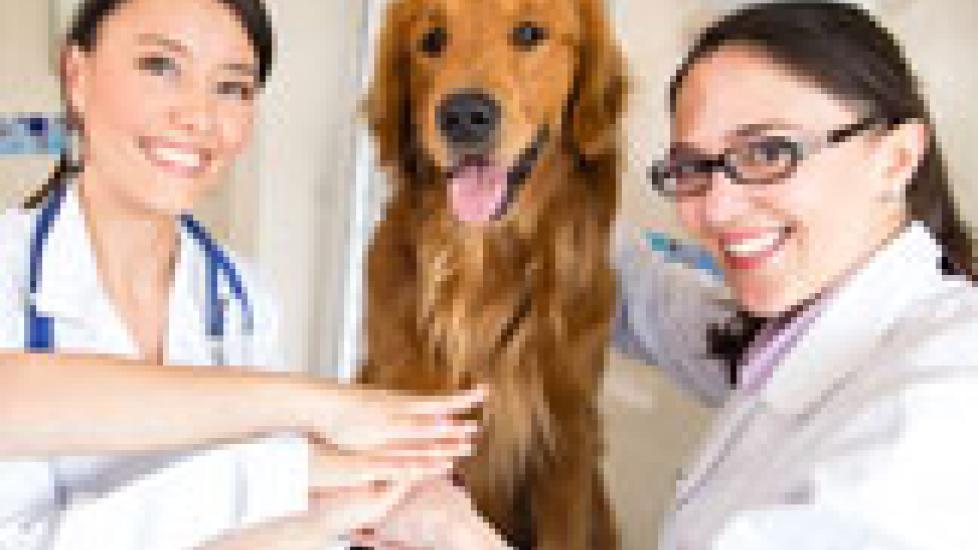Fourth Year Veterinary Training – A Breed Apart
In most veterinary schools, the final year of a student’s training is very different from what came before. Fourth year students make their way through rotations that typically last a few weeks each. Some are held within the school’s own veterinary teaching hospitals (e.g., internal medicine, surgery, dermatology, and radiology) others are with private practices, zoos, laboratories, government agencies — basically anyplace where veterinarians ply their trade.
The goal is to provide students with “real life” training in various aspects of veterinary medicine. Students get the opportunity to do veterinary work while benefitting from the oversight of experienced doctors.
Generally, there is a core group of rotations that every student has to pass. These are considered essential to becoming a veterinarian and, though the administration won’t admit it, adequately staffing the teaching hospital. Fourth year students are a rich source of unpaid labor! Once these requirements are on the schedule, students are able to fill the rest of the year with any sort of experience (so long as it is approved by advisors) that they think will best prepare them for their professional lives.
I wish I had kept a copy of my schedule. I was incredibly excited and more than a little terrified when my final year in school was finally fleshed out. Many of the rotations demanded incredibly long hours, after hours on-call duties, and for the first time, we were actually responsible for the care of patients (albeit to a limited degree). By the end of the year, I was mentally and physically exhausted but much better prepared for the realities of veterinary practice.
To the best of my recollection, my schedule went something like this:
- One week off between our third and fourth years (some summer break, eh?)
- Small Animal Internal Medicine (twice)
- Small Animal Surgery (twice)
- Dermatology
- Radiology
- Neurology
- Large Animal Internal Medicine (twice)
- Large Animal Surgery
- Large Animal Field Services (i.e., farm calls)
- A private practice on the Eastern Shore of Maryland
- The Marion DuPont Scott Equine Medical Center
- Clinical Pathology Elective
- Small Ruminant Elective (goats, sheep, and llamas … oh my!)
- Vacation (otherwise known as recovery)
- The Washington Animal Rescue League (WARL)
WARL was my favorite. It was the first rotation I did as a fourth year student, and I was bright-eyed, bushy-tailed, and ready to dive in. WARL is a nonprofit organization that provides veterinary care to low income clients in the Washington, D.C. area. Yes, I learned a lot about medicine and surgery while there, but I learned even more about client communication and how financial situations have no bearing on the love caregivers have for their animals or the benefits pets bestow upon families.
WARL also runs an animal shelter — which is how I ended up with my cat Victoria, who is still with me almost 15 years later. On day one of the externship, my supervisor told me that all I needed to do to pass was adopt a hard luck case out of the shelter. He was kidding, but I figured it wouldn’t hurt to start off my last year in veterinary school with the best evaluation possible.

Dr. Jennifer Coates
Image: Andresr / via Shutterstock
